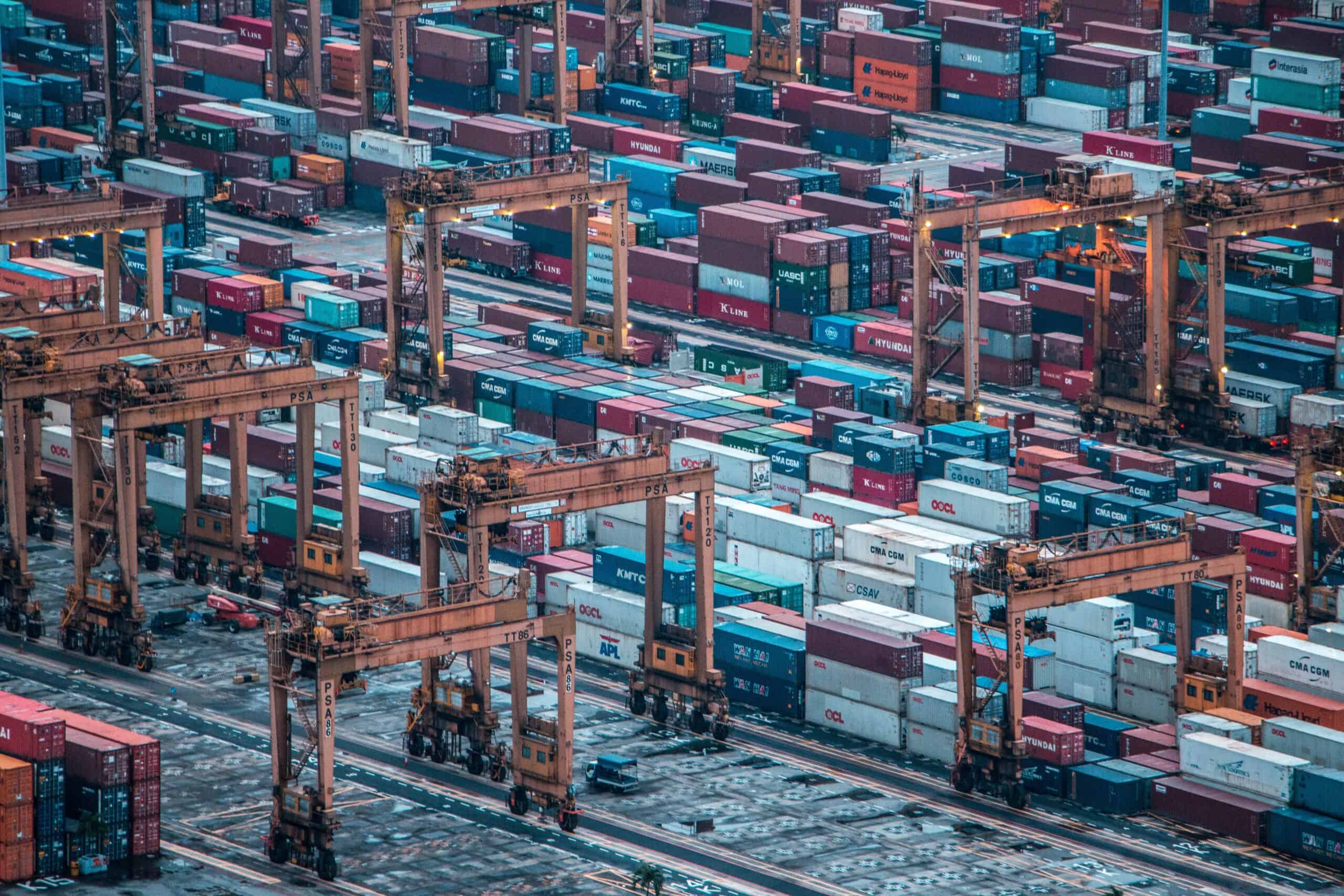While ordering products and having them delivered to your business can seem like a relatively simple process, the logistical infrastructure involved in transporting goods from a supplier to a buyer is incredibly complex.
You do not need to understand every aspect of the consignee shipping process to purchase goods from a supplier. However, you should be familiar with common terms that will appear on your bill of lading to effectively interpret the information it contains.
To help, we have created this shipper vs. carrier guide. The terms “shipper” and “carrier” appear on every bill of lading. Despite these phrases being so common in the freight shipping sector, many buyers often confuse the two.
Below, we explain what these two entities are. In addition, our experts answer frequently asked questions like “Who is the shipper?” If you would like to better understand the relationship between the carrier, shipper, and consignee, then let’s dive in.
What Is a Shipper?
The shipper is the supplier in a commerce transaction. For instance, a shipper may be the individual who sends your business key components that you incorporate into your production processes. Traditionally, shippers are responsible for preparing your goods for shipment and packing them in an approved container.
While shippers and sellers may be the same entity, this is not always the case. Some businesses, especially smaller ones, may partner with a distributor or fulfillment center. The fulfillment center provides packaging and shipping services to the actual seller.
What Is a Carrier?
Once your goods are prepared for shipping, they are turned over to the carrier. A carrier is an entity responsible for delivering the products to the buyer or consignee.
Carriers may utilize several transport mediums to deliver products, including planes, ocean freight, and truck lines. Examples of carriers include Uber Freight, USPS, and UPS.
Comparing Shippers and Carriers
To help you better understand the relationship between a shipper vs. carrier, we take a closer look at some other key terms you will encounter when selling or purchasing freight.
Bill of Lading
The bill of lading is a document that is issued by the carrier. It contains essential information necessary to transport a shipment.
Information contained in the bill of lading includes the destination quantity and type of cargo shipped. Every bill of lading will list the three entities that are vital to the freight shipping process — the carrier, shipper, and consignee.
The bill of lading is a legal document, which is why it plays such an integral role in shipping. Specifically, the bill of lading serves three purposes.
First and foremost, a bill of lading is similar to a title in that it proves ownership of the goods being delivered. In addition, the bill of lading serves as a contract that documents the agreement between the carrier and shipper for the delivery of the goods.
Finally, the bill of lading acts as a receipt, which confirms that the carrier took possession of the freight from the shipper.
Liability and Ownership
When a shipper and consignee enter into an agreement, the former is responsible for delivering goods to the latter. If they fail to do so, then they may have to issue a refund to the consignee or might be subject to civil action. However, the shipper is not solely responsible for delivering the goods to the consignee.
Once the shipper transfers the freight to the carrier, the transporting entity then assumes liability and ownership of the cargo. If the cargo is damaged, delayed, or lost while in transit, the carrier will often be responsible for absorbing these costs.
Consignor
Depending on the country that products are originating from or being delivered to, the shipper may be referred to as the consignor. These terms can be used interchangeably, as both refer to the entity supplying the commodities being shipped.
However, the shipper/consignor may not be the same entity as the seller. For example, the seller may contract with a distributor to act as their shipper or consignor.
Consignee
The consignee is the third entity listed on the bill of lading. This entity is the party to whom the cargo is “consigned” or allocated. While the consignee is typically the buyer, this is not always the case. In some nations, the consignee listed on the bill of lading will be the buyer’s financial institution.
Unless otherwise noted, the freight is only to be released to the consignee or an authorized representative. If the consignee wants the freight to be delivered to another entity, this individual or company will be designated as the “notify party” by the consignee.
Do Shippers Work Directly With Carriers?
Typically, yes, shippers will work directly with carriers. When a shipper prepares a product for a consignee, they will arrange pickup with the carrier.
The carrier will then respond to the designated pickup location, retrieve the freight, and deliver it to the consignee. Once the carrier takes possession of the freight, they are responsible for it until it is delivered to the consignee.
Ready to Learn More About Freight Carriers and Cargo Shippers?
The shipper vs. carrier comparison above will help you better understand the information included in your bill of lading. However, the relationship between shippers and carriers is only one component of the product distribution lifecycle.
If you would like to learn more about cargo shippers, freight carriers, or the logistics industry as a whole, check out other blogs from FreightWaves Ratings. You can also sign up for our monthly newsletter subscription to ensure that you can keep up with the latest developments in the transportation and logistics sectors.
FAQ
No, shippers and carriers are distinct entities. The shipper is also known as the seller in a product transaction and is responsible for ensuring that the items that are purchased are delivered to the buyer or consignee.
Carriers in the trucking industry are often referred to as “freight carriers.” The carrier in the trucking sector is the company that utilizes its trucks and trailers to deliver the shipper’s products to the consignee.
The shipper is the product supplier. The shipper and consignee enter into an agreement and then facilitate the delivery of the product using a carrier.


